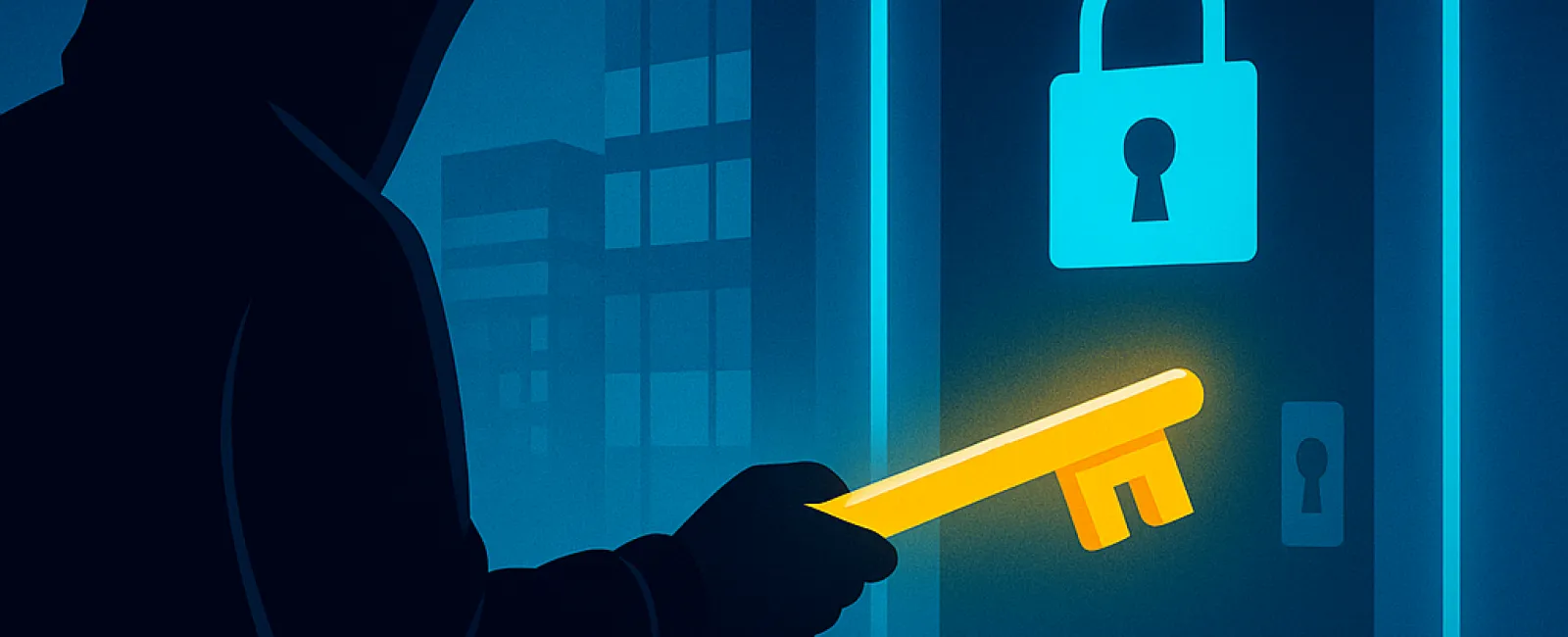August 04, 2025
Cybercriminals have evolved their tactics against small businesses. Instead of forcefully breaking in, they now sneak in quietly using your stolen login credentials as the key.
This method, known as an identity-based attack, has surged to become the leading way hackers infiltrate systems. They capture passwords, deceive employees with convincing fake emails, or bombard users with login prompts until someone unwittingly grants access. Sadly, these strategies are proving highly effective.
According to a recent cybersecurity report, 67% of major security breaches in 2024 stemmed from compromised login details. Even industry giants like MGM and Caesars faced such attacks the year prior. If they are vulnerable, small businesses are certainly at risk too.
How Are Hackers Gaining Access?
Most breaches begin with something as simple as a stolen password, but hackers are employing increasingly sophisticated techniques:
· Phishing emails and counterfeit login pages trick employees into surrendering their credentials.
· SIM swapping allows attackers to intercept text messages containing two-factor authentication (2FA) codes.
· MFA fatigue attacks overwhelm your device with login requests until you mistakenly approve one.
They also target personal employee devices and external vendors like help desks or call centers as backdoors into your network.
Essential Steps to Safeguard Your Business
The good news? You don't need to be a cybersecurity expert to protect your company. Implementing a few key measures can dramatically reduce your risk:
1. Enable Multifactor Authentication (MFA)
Add an extra layer of security during login by using MFA. Prioritize app-based or hardware security keys over text message codes for stronger protection.
2. Educate Your Team
Your security is only as strong as your employees' awareness. Train them to identify phishing attempts, suspicious emails, and how to report potential threats.
3. Restrict Access Privileges
Limit employee access strictly to necessary systems and data. This containment strategy minimizes damage if an account is compromised.
4. Adopt Strong Password Practices or Go Passwordless
Encourage use of password managers or advanced authentication methods like biometric logins and security keys that eliminate reliance on passwords.
The Bottom Line
Hackers relentlessly pursue your login credentials with ever more inventive techniques. Staying protected doesn't mean you have to face this challenge alone.
We're here to help you implement robust defenses that secure your business without complicating your team's workflow.
Ready to assess your business's vulnerability? Let's talk. Click here or give us a call at (541) 726-7775 to book your 15-Minute Discovery Call.




